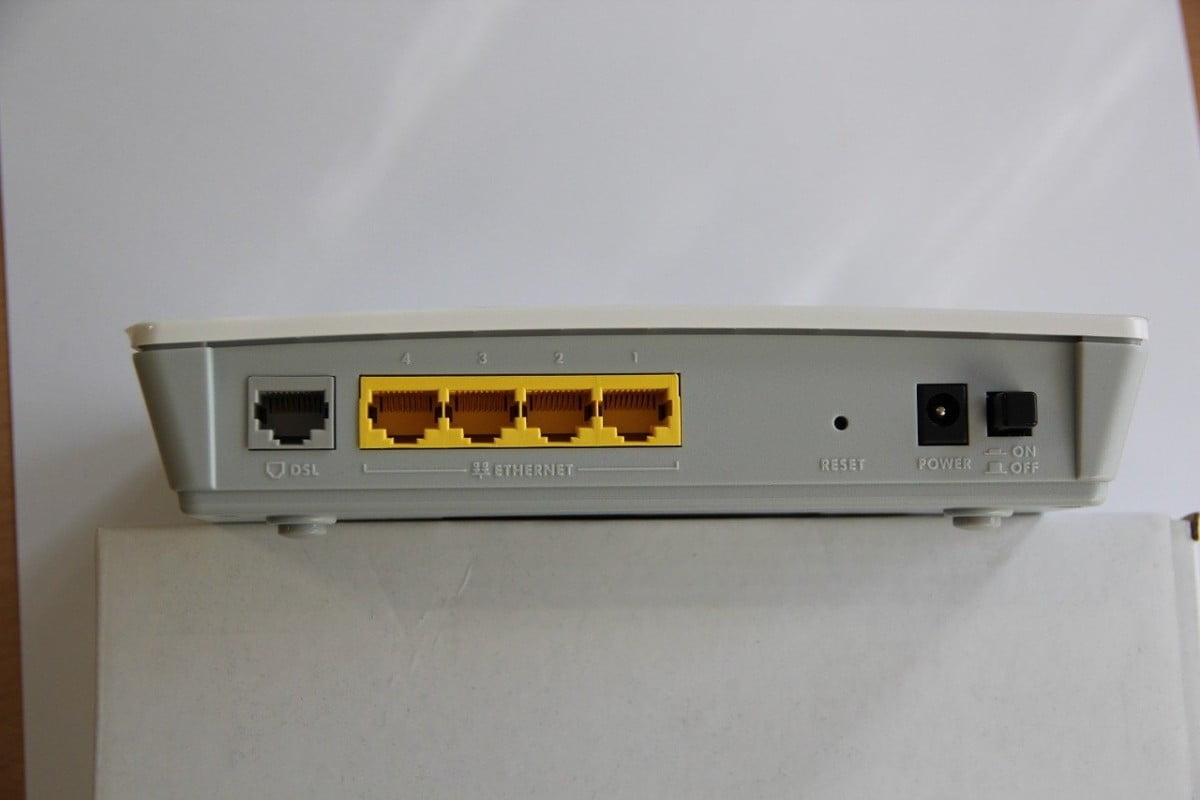With the number of wireless gadgets and connected devices growing every day, home network security has become increasingly important. Most devices - from smartphones and TVs to security cameras and baby monitors – are connected to a single internet access point, making security breaches easier. Beefing up your Wi-Fi network security is the first step, and you do not need to be a tech expert in safeguarding your network. In this article, we explore a few methods by which you can secure your home network.
Steps for Securing Broadband Wi-Fi Connection
Change the default login credentials of your home network: The essential thing to do to secure a home internet connection is to immediately change the default name and password supplied with your Wi-Fi connection. Dubbed as Service Set Identifier (SSID), leaving it at its default name will help hackers identify the type of router you are using. While changing, try not to put a piece of obvious information like your name or birthday as a login credential. You can change SSID by following the below steps:
Open Windows Command Prompt Type ‘ipconfig’ Locate your IP address Type your IP address to a URL Enter router’s login credentials Open Wi-Fi settings Change SSID and password
Enable Wi-Fi network encryption: Most WPA, WPA2, and WPA3 routers offer an encryption option. You can enable network encryption by visiting Wi-Fi settings. Once enabled, your router will transfer only encrypted data across your network, which will prevent spying on your Wi-Fi network without logging into your network. Enable firewalls: Most Wi-Fi routers come with built-in network firewall options to prevent any network attacks from intruders. Wi-Fi router firewalls are often not enabled by default, and you must login to Wi-Fi settings to enable it. Enabling a firewall may slow down your internet speed. In that case, remember to turn off firewall settings while doing tasks that require high speed, like gaming or streaming HD videos. Update your router’s firmware: Most Wi-Fi routers do not auto-update their software. To update, visit the router manufacturer’s website, download the firmware update file and then install it. Each manufacturer will have a different process for updating, so follow the steps listed on the website. Limit access to your Wi-Fi network: Limiting the number of people logging into your Wi-Fi network is obvious, although many of us tend to slip in this aspect. The more people have your Wi-Fi login credentials, the higher the risk of your data falling into the wrong hands. One way is to create a guest access network in advance and allow people who ask you to connect to that guest Wi-Fi network. Most available Wi-Fi routers provide this provision.
